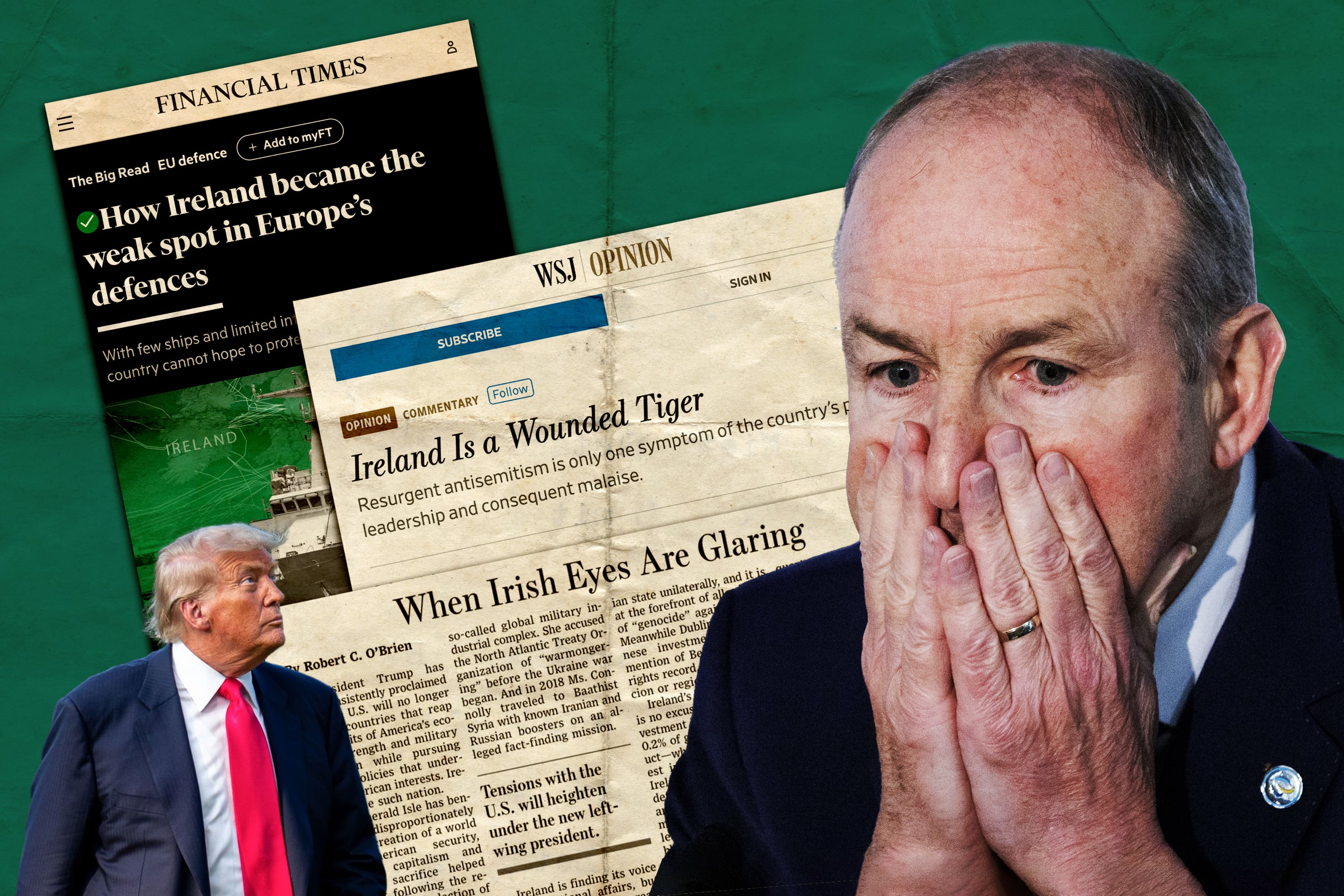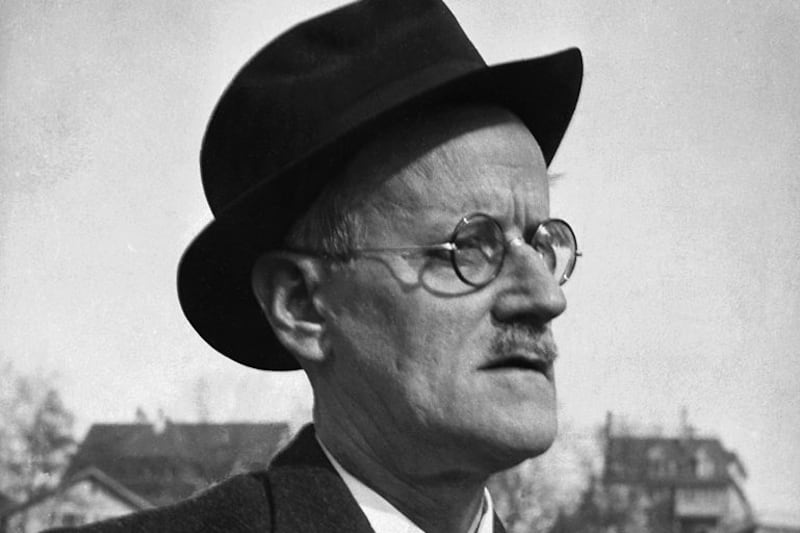Science advances by overturning theories, replacing them by better ones. Sometimes the old theories continue to serve as valuable approximations, as with Newton’s laws of motion.
Sometimes the older theories become redundant and are forgotten. The theory of phlogiston, a fire-like element released during combustion, and the luminiferous aether beloved of 19th century physicists and believed to transmit light through space have no role in modern science.
By contrast, the theorem of Pythagoras, still valid after several millenniums, is more important than ever. Mathematics has staying power. Unlike the physical, biological and medical sciences, mathematical theorems once proved remain valid forever. Mathematics is agglutinative: new results do not displace older ones but are absorbed into an ever-widening nexus.
Mathematical knowledge is growing so fast that no one can master it all. There is a risk of the subject fracturing into many fields that are mutually incomprehensible and apparently unrelated. Two opposing trends are at work here, fragmentation and unification. Things fall apart but the centre holds when, from time to time, sweeping simplifications arise and disparate fields are shown to be closely entangled.
READ MORE
An example of this unification was the merger of algebra and geometry by the great French philosopher René Descartes. His co-ordinate geometry enabled geometric objects such as lines and circles to be expressed using algebraic equations. Ultimately Descartes’ co-ordinates carried us far beyond two or three dimensions to multidimensional and even infinite dimensional spaces, which play a central role in modern theoretical physics.
There are concerted efforts under way to establish connections between number theory and topology, the global geometry of smooth surfaces. An ambitious programme was set down about 50 years ago by Robert Langlands of the Institute for Advanced Study in Princeton. This followed a visionary ambition, described by André Weil in a letter to his sister, the noted philosopher Simone Weil, to link three distinct areas of mathematics.
Weil described his idea for translating between fields as a Rosetta stone for mathematics, drawing an analogy with the famous engraving, now in the British Museum, that led to the decoding of Egyptian hieroglyphs. Weil’s Rosetta stone linked three fields of mathematics: number theory, geometry and finite fields.
Substantial strides have been made in the ensuing decades but many of the conjectures of the Langlands Programme remain to be proved. The programme has been called the Grand Unified Theory of Mathematics. It is also intimately related to modern physics, which seeks to reconcile quantum field theory and general relativity.
In 1798 the brilliant French mathematician Joseph Fourier was scientific adviser to Napoleon Bonaparte on his Egyptian expedition. Somewhat later, in a bravura development, Fourier established the link between the smooth sine waves of analysis and their discrete arithmetic spectra, foreshadowing the wave-particle duality of quantum physics.
A similar, if more complex, connection between the wave-like and spectral aspects of geometry was envisaged by Langlands. Earlier this year the last of a series of five papers appeared, authored by a team of nine mathematicians led by Dennis Gaitsgory of the Max Planck Institute. They proved the Geometric Langlands Conjecture.
The papers extend to more than 800 pages so, echoing Fermat, I conclude that the proof will not fit in the margin of The Irish Times. A recent article in the online Quanta Magazine tells the story in more detail.
Peter Lynch is emeritus professor at the school of mathematics & statistics, University College Dublin. He blogs at thatsmaths.com
- Sign up for push alerts and have the best news, analysis and comment delivered directly to your phone
- Join The Irish Times on WhatsApp and stay up to date
- Listen to our Inside Politics podcast for the best political chat and analysis

















